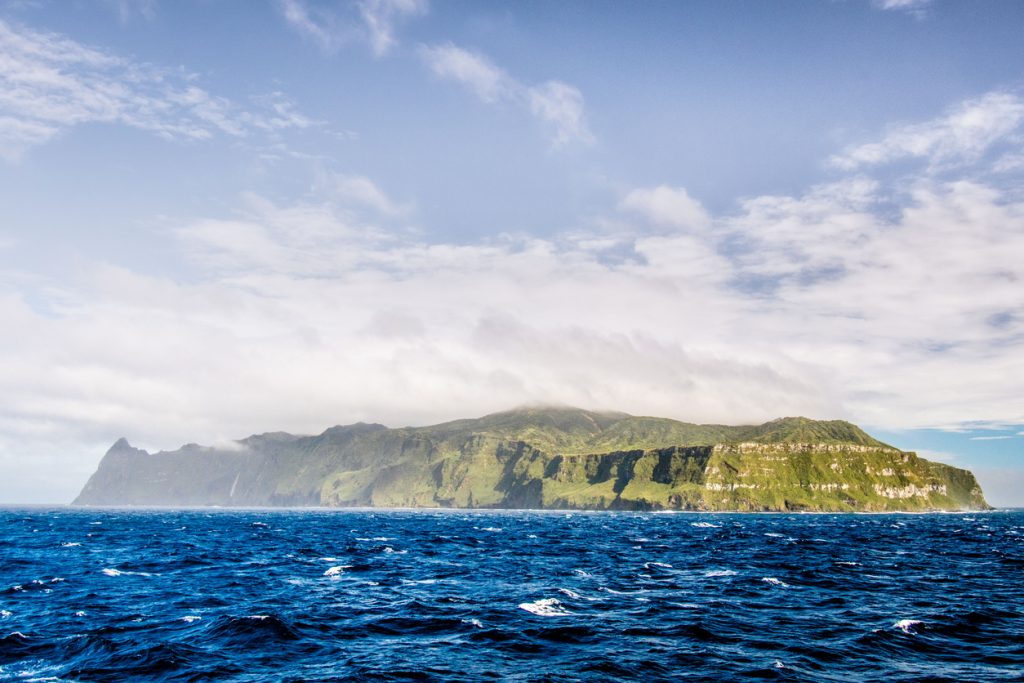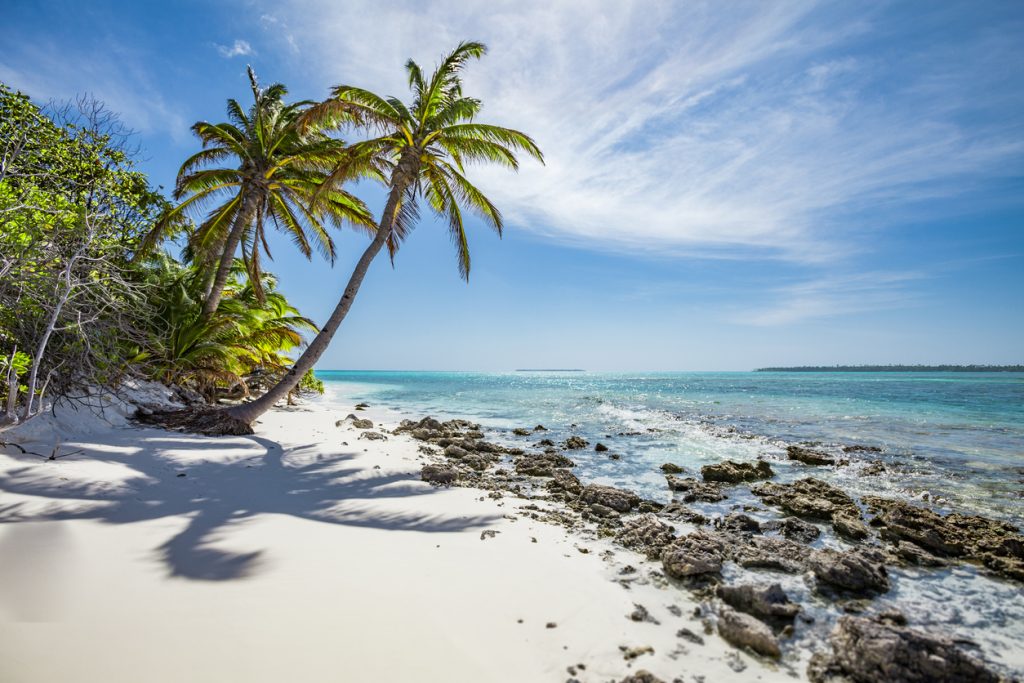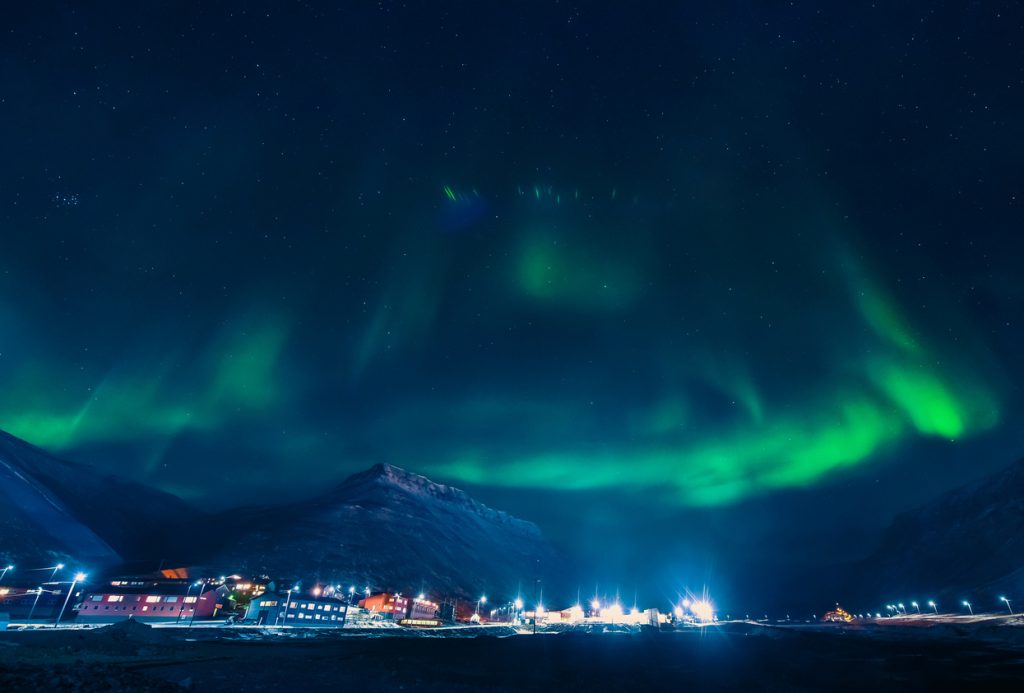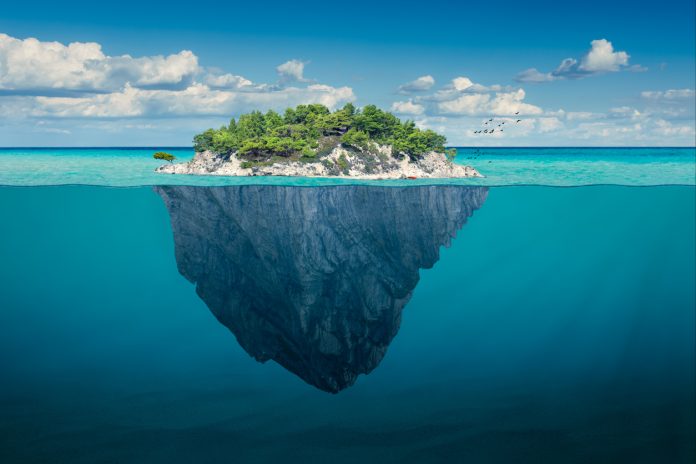If there’s one thing travelers crave, it’s the thrill of exploring places that feel untouched, unspoiled, and a world away from the hustle and bustle of daily life. Remote islands—isolated gems scattered across the globe—offer precisely that. They are havens of pristine landscapes, rare wildlife, and fascinating cultures, often hidden away in corners of the Earth few people have heard of. For adventurers seeking unparalleled beauty and tranquility, these secluded paradises are the ultimate destinations.
Here, we’ll unveil some of the most astonishing yet lesser-known remote islands, what makes them unique, and a glimpse of the rewards that await those who dare venture off the beaten path.
Why Remote Islands Hold Such Appeal
The allure of remote islands lies in their seclusion. Distant from urban chaos and commercialized tourist hubs, they promise serenity and exclusivity. Many of these destinations boast ecosystems that remain largely untouched, where rare wildlife frolics freely and environments thrive without the strain of human interference.
Culturally, these islands often harbor traditions and ways of life unaffected by modernity, offering visitors an authentic glimpse into history and heritage. From quiet beaches to vivid coral reefs, a trip to a remote island is often akin to stepping back in time.
But with seclusion comes challenges, too—reaching these islands can be arduous, requiring long flights, multiple transfers, and sometimes even a boat ride. However, for many, the effort is well worth the reward.
1. Socotra Island, Yemen – A Surreal Landscape Like No Other

Located in the Arabian Sea just off the coast of Yemen, Socotra Island feels like something out of a science fiction novel. Its otherworldly landscape features the iconic Dragon’s Blood Tree, a peculiar umbrella-shaped tree that secretes a crimson red sap. Nearly a third of Socotra’s plant and animal species are found nowhere else on Earth, earning it a reputation as the “Galápagos of the Indian Ocean.”
What makes Socotra even more enticing is its remoteness. Though it is part of Yemen, geopolitical challenges have kept the island largely untouched by mass tourism. Visitors are rewarded with dazzling sand dunes, hidden lagoons, and the chance to snorkel along stunning coral reefs in near-total solitude.
Travel Tip
Time your trip between October and March to avoid the seasonal monsoon winds. Flights from mainland Yemen or nearby Gulf countries are currently the only routes available.
2. Tristan da Cunha, South Atlantic Ocean – The World’s Most Remote Island

Dubbed the most isolated inhabited island on the planet, Tristan da Cunha sits roughly halfway between South Africa and South America in the South Atlantic Ocean. Home to fewer than 300 residents, the island is accessible only by boat, a six-day voyage from South Africa.
Tristan da Cunha is a haven for nature enthusiasts. The island’s rugged cliffs and rolling green pastures lend it a raw, untouched beauty, while its waters teem with marine life, including seals, penguins, and dolphins. Birdwatchers flock here to catch glimpses of endemic species, such as the Tristan albatross.
Travel Tip
Planning a trip to Tristan requires patience and flexibility. Boats travel sporadically and weather conditions can delay arrivals or departures. Travelers need to coordinate their visit well in advance.
3. Cocos (Keeling) Islands, Australia – A Tropical Paradise

Nestled within the Indian Ocean, the Cocos (Keeling) Islands are made up of 27 tiny coral atolls and islands. Owned by Australia, this archipelago remains relatively obscure, attracting far fewer tourists than its famed Pacific counterparts.
Clear turquoise waters surround the islands, providing opportunities for snorkeling, kite surfing, and paddleboarding. Beyond its waters, the islands feature lush coconut plantations and tranquil beaches. A highlight here is the local Malay population, whose culture, traditions, and warm hospitality provide a unique charm.
Travel Tip
Flights to Cocos Islands depart from Perth, Australia. Be sure to pack reef-safe sunscreen, as exploring the islands’ marine life is a must.
4. Svalbard, Norway – A Polar Wonderland

For those enchanted by the Arctic, Svalbard is an unforgettable destination. Located halfway between mainland Norway and the North Pole, this remote archipelago is a stark yet stunning land of glaciers, polar bears, and icy fjords.
Svalbard’s remoteness contributes to a unique sense of tranquility that counters its geographical harshness. Under the midnight sun or the northern lights, visitors can venture on snowmobile expeditions, hike icy terrains, or cruise through fjords complete with towering icebergs.
Travel Tip
If you’re seeking polar bears, visit during summer months when they are more likely to roam the shores and ice fields. Cruises or guided expeditions are the safest and most effective ways to spot Arctic wildlife.
5. Flatey Island, Iceland – Frozen in Time

One of Iceland’s smallest inhabited islands, Flatey is the epitome of slow living. Situated in Breiðafjörður Bay, it’s a land of colorful cottages and impossibly quaint surroundings. Cars are banned here, and visitors explore the island on foot, soaking up its peaceful atmosphere.
The island also boasts a unique historical charm. Flatey was once a thriving cultural center and is home to Iceland’s oldest library. During the summer months, birdwatchers visit to observe puffins nesting along the cliffs.
Travel Tip
Flatey is accessible only via ferry from mainland Iceland. Plan a day trip, or stay overnight at the single guesthouse on the island.
Challenges of Visiting Remote Islands
Traveling to these isolated wonders often means navigating logistical challenges. Limited transport options, unpredictable weather, and sparse accommodations can test even seasoned travelers. Additionally, visitors must tread lightly to avoid disrupting delicate ecosystems or inadvertently damaging these secluded environments.
Responsible travel is vital. Packing sustainably, minimizing plastic use, and respecting local customs should always be top priorities.
Rewards for the Intrepid Traveler

Despite the challenges, the rewards of visiting remote islands are manifold. There’s something profoundly rejuvenating about disconnecting from the modern world and immersing yourself in nature or ancient traditions. These islands provide unparalleled tranquility and the opportunity to experience biodiversity, culture, and landscapes you won’t find elsewhere.
For travelers willing to go the extra mile (or several thousand), these remote paradises offer a sense of accomplishment and wonder that no ordinary destination can match. A trip to a remote island is not just a vacation—it’s a once-in-a-lifetime adventure.
Begin Your Journey to the Uncharted
Hidden away from the well-trodden tourist trails, remote islands offer the chance to discover a world that feels almost entirely untouched. With their pristine landscapes, rare wildlife, and captivating cultures, these destinations are a treasure for those who yearn to explore the unexplored.
The only question left is—where will your next adventure take you?



